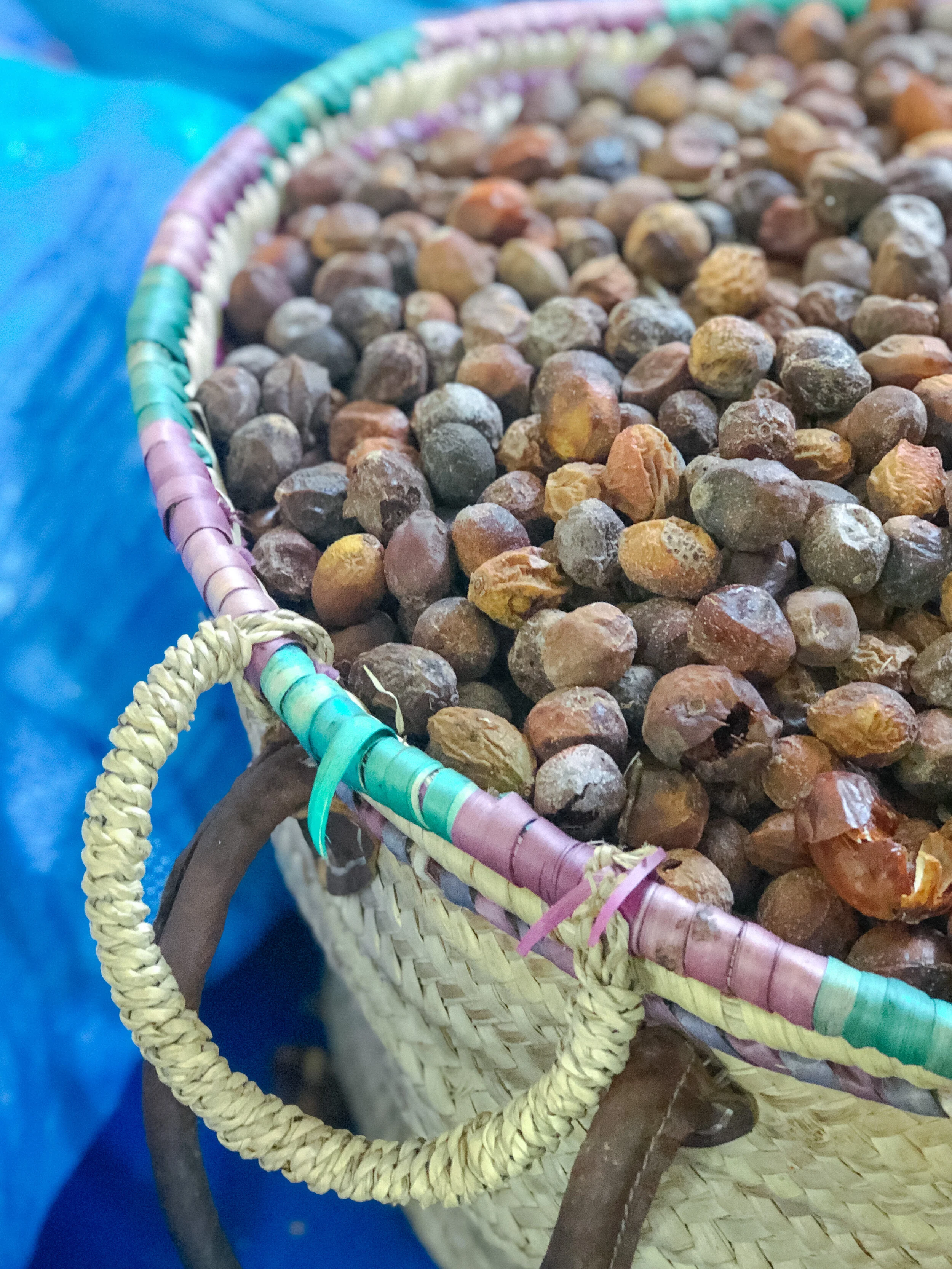Ingredient Spotlight: Prickly Pear Oil
Gone are the days of picking a product for a clever name or gimmicky packaging, modern skincare buffs demand transparency and want to avoid janky chemicals. We want skincare that is effective and synthetic-free.
I started mixing up skincare in the 1990s out of necessity - you just couldn’t get your hands on the good stuff unless you made it yourself.
This is where Alchemy comes in. I make beautiful skincare, the stuff you would make -
Prickly pear seed oil is celebrated for its high levels of the vital nutrients needed for healthy skin. It is super high in essential fatty acids, minerals, vitamins and amino acids. Prickly pear seed oil has a super light texture and is deeply penetrating,
Pressed from the seeds of the Nopal Cactus, sometimes called Cactus Fruit, the prickly pear is edible and prized as a super-food, skincare and it’s role in natural dye.
Prickly pear’s superpower comes from the high levels of linoleic acid - giving it superior absorbability means it’s great for oily skin.
Vitamin K reduces the appearance of spider veins. High levels of beta-carotene (a precursor to Vitamin A) repairs skin via amino acids. And zinc is helpful in eliminating dark spots and scars. The amino acids and antioxidants in the oil improve skin elasticity and appearance, especially for dry or mature skin types.
It’s liquid gold!
Prickly pear seed oil is one of the most expensive beauty oils in the world
It takes EIGHT tons of fruit to produce just one litre of oil.
SUPER FOOD
The prickly pear cactus grows in the American Southwest, down into Mexico and South America - it is also thriving in Morocco. The fruit is edible and is used in some cultures to regulate blood sugar, reduce cholesterol, hangover treatments and as a high-fiber edible with lots of antioxidants.
From @thethreadcaravan on Instagram
Nopal paddles being prepared for cochinilla production in the garden of our natural dye partners in Guatemala.
Cochinilla are little beetles from Mesoamérica that live on and drink the juice of nopal cactus, metabolizing it and turning it into a red liquid that can be used as a natural dye. They are in fact a pest that can be quite detrimental to a crop of nopal cacti if not harvested and managed properly.
While in Morocco last September, driving from Marrakech to the Atlas Mountains, we passed miles upon miles of mountainsides covered with dead nopal cacti, sucked dry by the cochinilla insect. In the arid landscapes of Morocco, the fruit of nopal cacti (called tuna / prickly pear) is a juicy
Find this luscious oil as a key ingredient in Prickly Pear Serum
Alchemy, LLC 2020-2023



